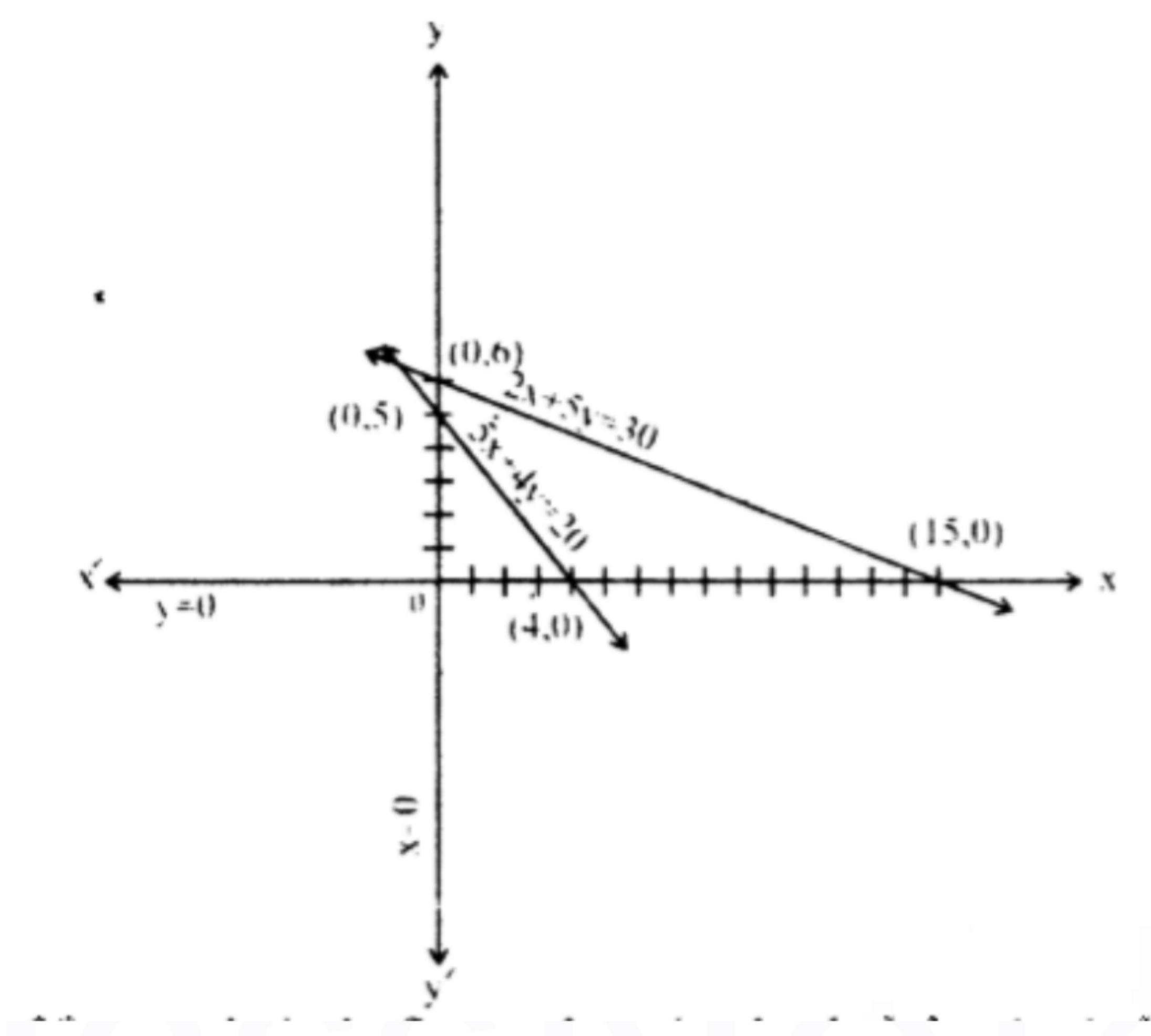5.3 Q-2
Question Statement
Maximize the function subject to the constraints:
Background and Explanation
To solve this problem, we are dealing with a linear programming optimization problem. The objective is to maximize the function under the given constraints. The constraints define a feasible region, and we will use graphical methods to determine the maximum value of the objective function within this region.
Solution
Step 1: Convert constraints into equations
We first work with the two inequalities by converting them into equalities to identify boundary lines.
For the first inequality, :
For the second inequality, :
Step 2: Find the intersection points for each equation
We substitute and into the equations to find points of intersection:
For the first equation :
- When , . Hence, the point is .
- When , . Hence, the point is .
For the second equation :
- When , . Hence, the point is .
- When , . Hence, the point is .
Step 3: Determine feasibility of the region
We check if the points , , and satisfy the original constraints.
- Substituting into both equations shows that the inequalities hold true.
- Substituting into both equations also satisfies the inequalities.
- Substituting shows that the inequalities are true as well.
Thus, these points are valid and form the feasible region. The graph below shows the shaded region where these points lie.

Key Formulas or Methods Used
- Constraints conversion into equalities to find boundary lines.
- Substitution method to find intersection points of the constraints.
- Feasibility check to ensure that the intersection points satisfy all constraints.
Summary of Steps
-
Convert the inequalities into equations:
-
Find the intersection points for each equation by substituting and :
- For : and .
- For : and .
-
Check the feasibility of the region formed by the points , , and .
-
Evaluate the objective function at the corner points:
- At , .
- At , .
- At , .
-
The maximum value of the function is 15, occurring at the point .

